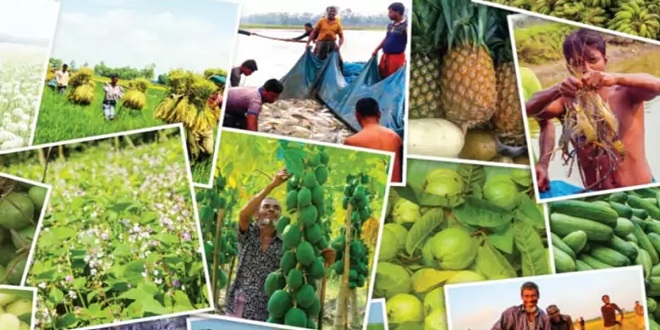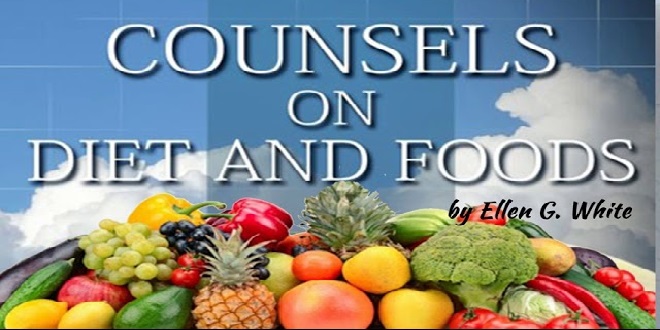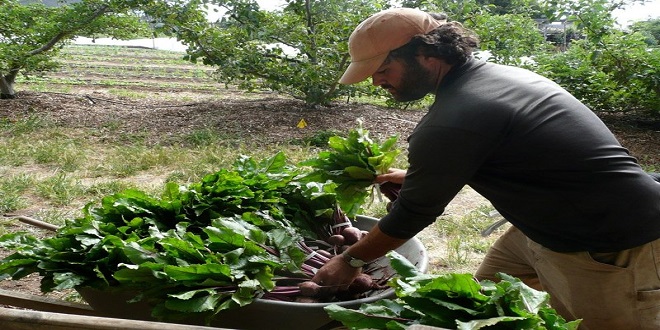Greening the Economy with Agriculture Food and Agriculture

Introduction
The United Nations General Assembly (UNGA), through Resolution 64/236 of 24 December 2009, decided to organize the United Nations Conference on Sustainable Development, Rio de Janeiro, 3 to 6 June 2012. The two main stated themes decided by the UNGA for UNCSD are: a green economy in the context of sustainable development and poverty eradication; and the institutional framework for sustainable development.
The preparatory process foresees three sessions of the preparatory Committee and three inter-sessional meetings. The Second Preparatory Committee of UNCSD, held in March 2011, has invited “Member States, the relevant United Nations system organizations, and relevant stakeholders to provide their inputs and contributions in writing by 1 November 2011 for inclusion in a compilation document to serve as basis for the preparation of the zero-draft of the outcome document
Concepts and definitions
Although UN Member States have not yet come to an agreement on the definition of the green economy, they recognize that an efficient, functioning economy is a precondition for addressing the environmental and social pillars of sustainability.
Therefore, the green economy is seen as a key implementation tool for sustainable development. UNEP defines the green economy as one that results in improved human well-being and social equity, while significantly reducing environmental and ecological scarcities
Greening the Economy with Agriculture
GEA means that the entire food supply system needs to become resilient to the harmful effects of climate change and macro-economic shocks in the face of growing global population and food demand, which will require fundamental shifts in the approach to the food and nutrition systems
No green economy without food and nutrition security
The agricultural sector – including crops, livestock, forestry, fisheries and food processing – will play a vital role in the transition to a green economy. Croplands, pastures and forests occupy 60 percent of terrestrial land, agriculture uses 70 percent of globally withdrawn freshwater, and the sector as a whole provides livelihoods for 40 percent of the world’s population.
The agricultural sector depends heavily on natural resources for its production processes and can both cause environmental harm and provide environmental benefits. While current practices contribute to over one third of global greenhouse gas emissions, good management practices can result in an almost carbon-neutral sector, as well as the creation of environmental services and the generation of renewable energy, while also achieving food security
Green jobs for smallholders
Small rural households, which still constitute two-fifths of humanity, are increasingly under pressure and agricultural employment and opportunities have to be increased in a green economy. Out-migration from rural areas is expanding urban slums, with concurrent inability of these poor urban dwellers to access food and water. Support to smallholders is essential to both achieving food security and preserving natural resources.
Farming, forestry and fisheries operations in both developed and developing countries play a fundamental role in the provision of landscape management and the provision of ecological and cultural services. More diverse food systems and off-farm diversification – such as value addition, rural-urban food networks, agri- and eco-tourism, small-scale forest-based enterprises – offer livelihood opportunities in employment-scarce settings (especially, but not only, in least developed countries), while improving land stewardship.
Sustainability through nutritious diets
In a world facing increasing competition for scarce resources (e.g. water), resource degradation (e.g. soils), increased uncertainty (e.g. climate change), volatility (e.g. fuel and food prices), conflict (e.g. land tenure) and wastage (e.g. one third of all food is lost during post-harvest handling and retailing), food and nutrition security has become an issue of efficiency, resilience to shocks and distributional equity.
The problem of undernourishment, with roughly one billion people going hungry, is super-imposed by the problem of micronutrient malnutrition, with roughly 1.7 billion people1 overweight and obese. At both ends of the spectrum, individuals are not deriving sufficient nutrition from their diets. Improving nutrition through better diets can also reduce the ecological impact of dietary choices.
A shift to more sustainable diets would trigger upstream effects on the food production (e.g. diversification) and processing chain. Improved diets, in terms of micro-nutrients density and quality will be more sustainable, resulting in substantial gains for both the environmental and public health.



